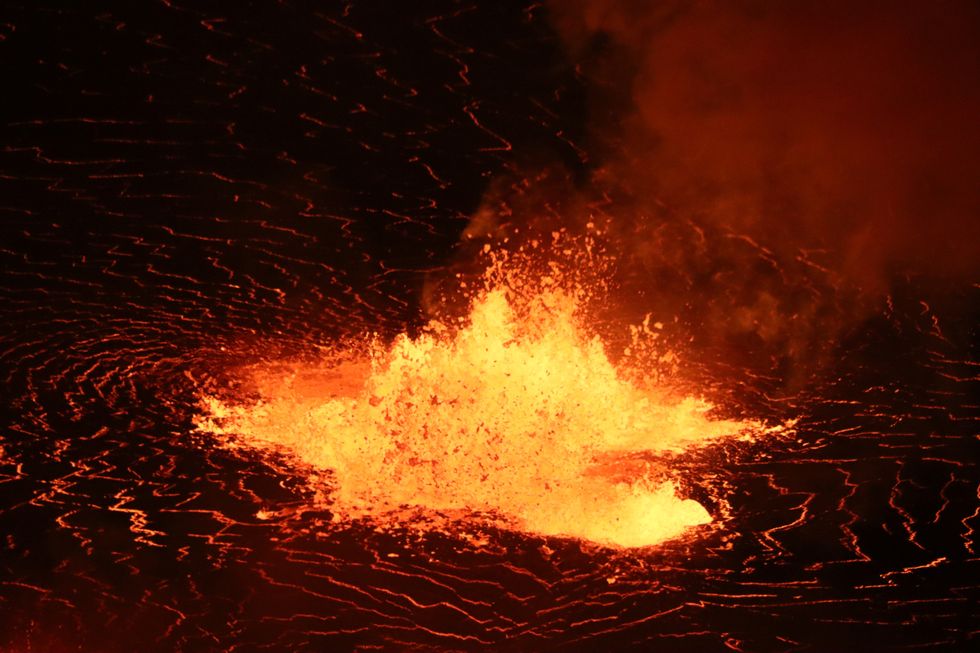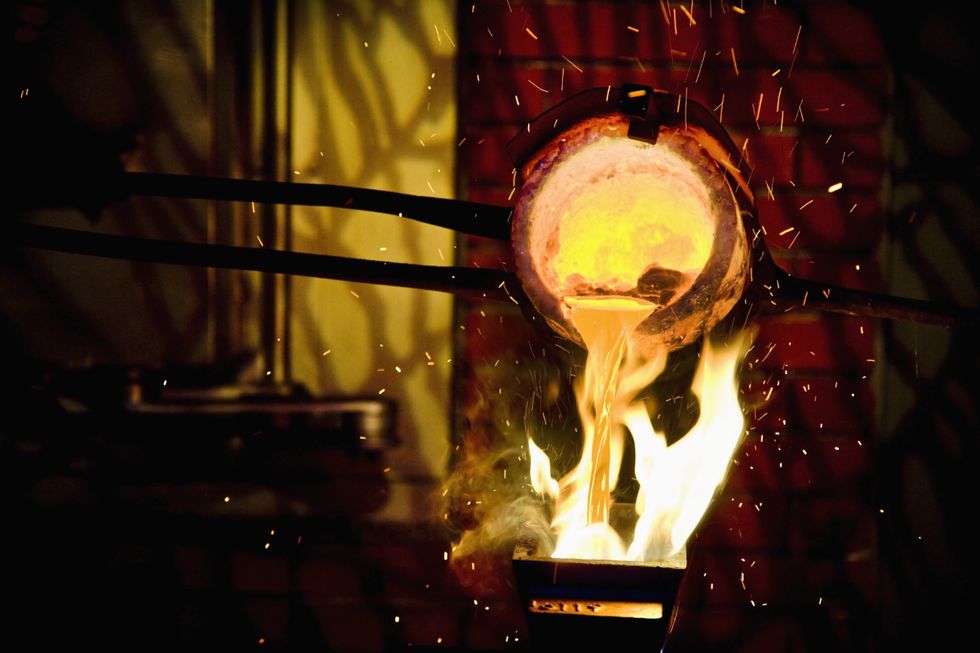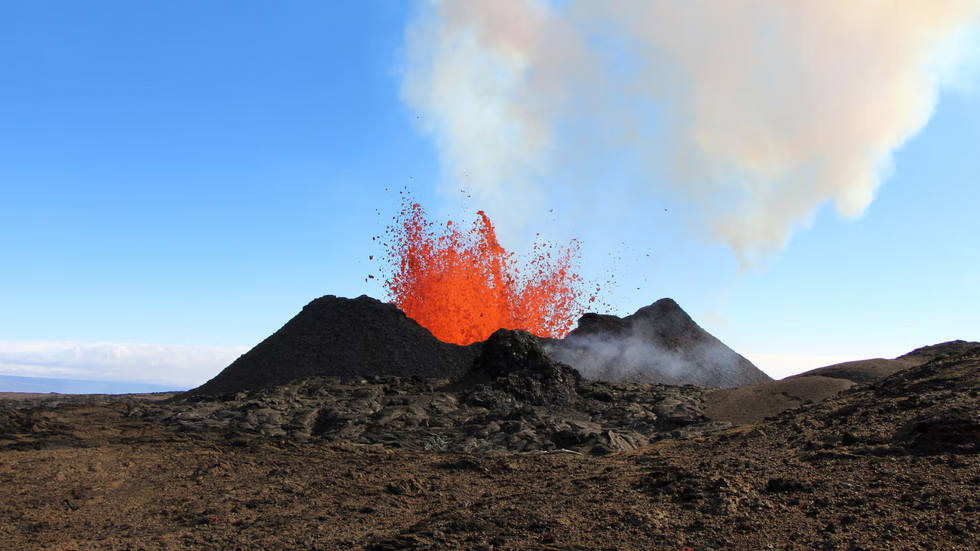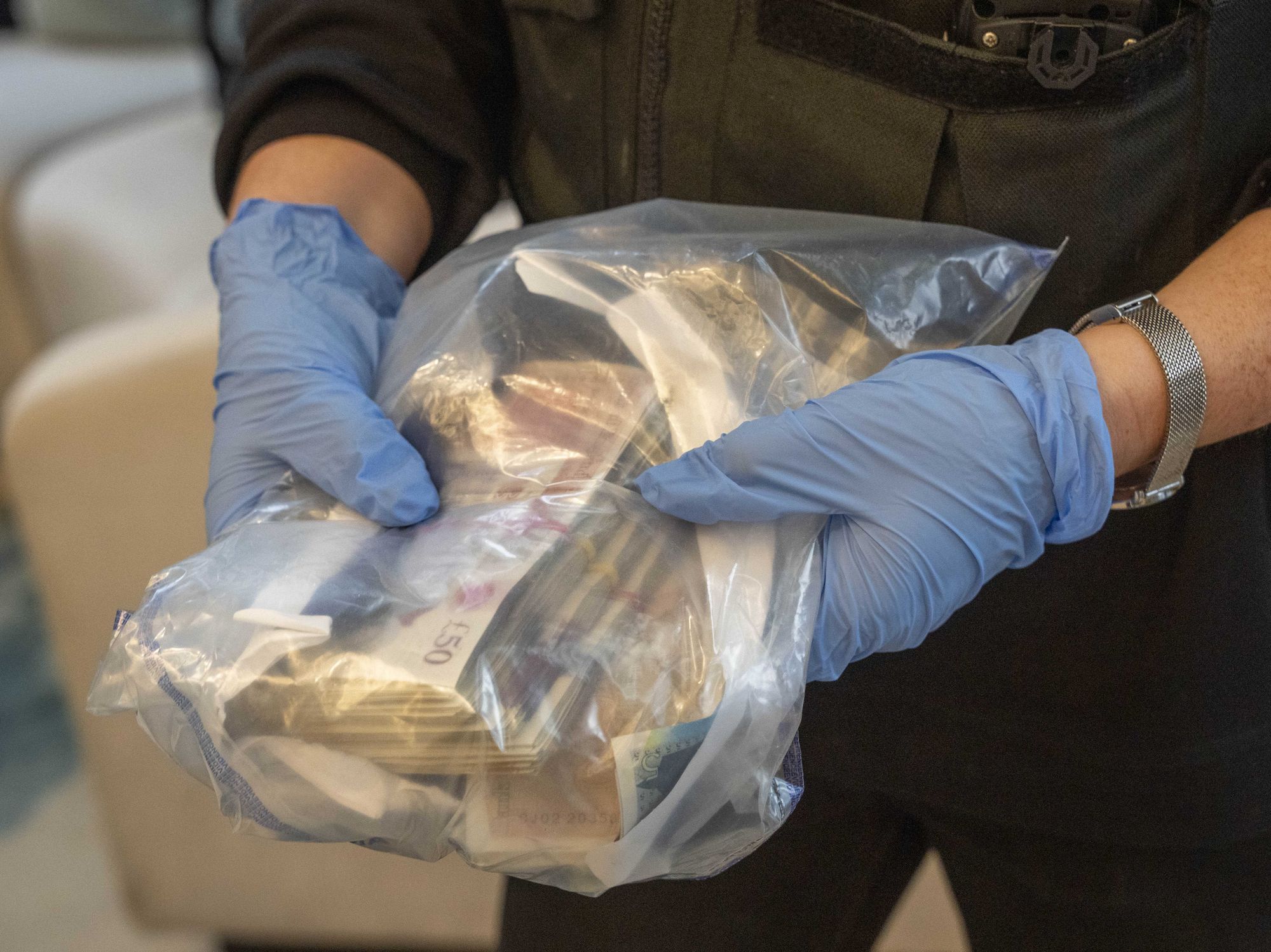Treasure trove of gold and precious metals LEAKING from Earth's core, remarkable new study finds

More than 99 per cent of the world's gold still lies deep beneath the surface - but it's making its way up
Don't Miss
Most Read
Gold and precious metals are leaking from Earth's core into the layers above, eventually making their way to our planet's surface.
New research has revealed that costly elements including platinum are coming up to the surface of the Earth during the formation of volcanic islands like Hawaii.
The groundbreaking study, published in the journal Nature, follows a three-year analysis of Hawaii's basaltic rocks which originally formed from plumes of magma rising from the ocean floor.
The findings provide the first very strong evidence that Earth's molten core is not isolated, but bleeds material into the rocky mantle layer between the planet's thin crust and core.

Elements such as platinum are coming up to the surface of the Earth during the formation of volcanic islands like Hawaii
|REURERS
Scientists analysed Hawaiian volcanic rocks obtained from the Smithsonian Institution in Washington DC, crushing half a kilogram of ordinary-looking basaltic rock into powder and melting it with chemicals to extract platinum group elements.
The team focused on ruthenium, a silver-grey metal as rare in Earth's crust as gold.
"The mantle has almost no ruthenium in it," said lead author Nils Messling, a geochemist at the University of Gottingen in Germany.
"It's one of the rarest elements on Earth."
The presence of some ruthenium isotopes in the samples hints that the rock formed from material originating in the molten metallic core.
MORE SCIENCE BREAKTHROUGHS:

If ruthenium can make its way to the Earth's surface, researchers believe gold can too
|GETTY
The study confirms that most of the gold on the planet - more than 99.95 per cent, according to Messling - still lies hidden in the molten core, along with other heavy elements such as platinum.
If ruthenium can make its way to the Earth's surface, researchers believe gold can too.
The underground reservoir of precious metals developed when the core formed about 4.5 billion years ago as meteorites bombarded our planet.
"The vast majority of gold and other precious metals like platinum were likely delivered by massive meteorite impacts during the final stages of Earth's formation - a process known as late accretion," said Pedro Waterton, an assistant professor of geochemistry at the University of Copenhagen - who was not involved in the study.

Huge volumes of super-heated mantle material make their way to the Earth's surface to form islands like Hawaii
|REUTERS
The research suggests this leaking process takes between 500 million and 1 billion years to complete, with scientists suspecting it has been occurring throughout Earth's history and continues today.
"It's something that has occurred a while ago, and we suspect that it probably has been going on forever, and it's probably still occurring now," Messling explained.
If the leaking of precious metals is an ongoing process, it could mean some gold humans have mined originally came from the core, and that the world's supply of gold may still be replenishing.
"Our findings not only show that the Earth’s core is not as isolated as previously assumed," study co-author Matthias Willbold said.
"We can now also prove that huge volumes of super-heated mantle material - several hundreds of quadrillion metric tonnes of rock - originate at the core-mantle boundary and rise to the Earth’s surface to form ocean islands like Hawaii."











